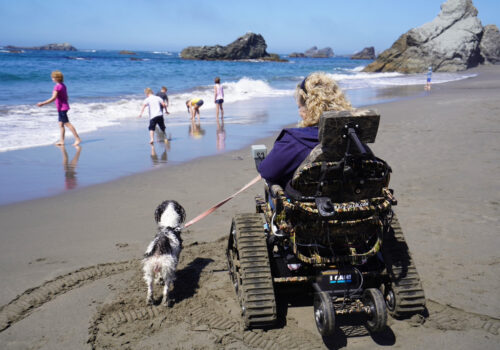July 15 is the beginning of the annual conservation closure on the Clatsop beaches to protect young razor clams.
Since 1967, the Oregon Department of Fish and Wildlife has closed the 18 miles of beaches north of Tillamook Head. For many years the closure went from July 15 to Aug. 31, but in 1997 it was extended to Sept. 30. The closure is to ensure that young, newly-set clams can establish themselves on the beach.
“We want to protect the next generation of clams on the Clatsop beaches,” said Matthew Hunter, ODFW’s Shellfish and Estuary Project Leader. “These beaches are the most productive razor clam beaches in the state, accounting for more than 90 percent of the total harvest.”
But even after 43 years some clam diggers still show up hoping to get a limit of razors, Hunter said. “Usually the first tide series or two after the closure we will see people who don’t understand why there isn’t anyone else harvesting clams. I know OSP (Oregon State Police) has pretty much found they are guaranteed to write tickets for illegal harvest every low-tide series during the closure.”
This period is a busy one for ODFW shellfish biologists who conduct razor clam stock assessments to determine the health of the population.
Normally diggers could dig at other state beaches during the Clatsop conservation closure, but, after testing by the Oregon Department of Agriculture, ODFW closed all recreational razor clam harvesting from Coos Bay to Tillamook Head due to elevated levels of domoic acid.



